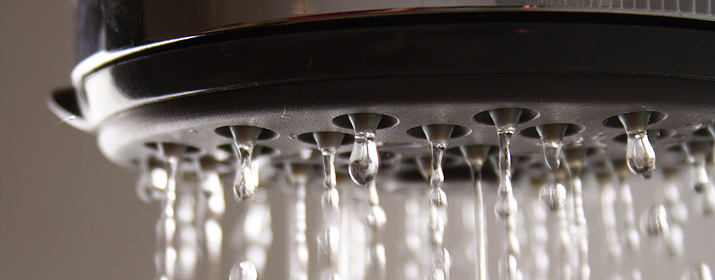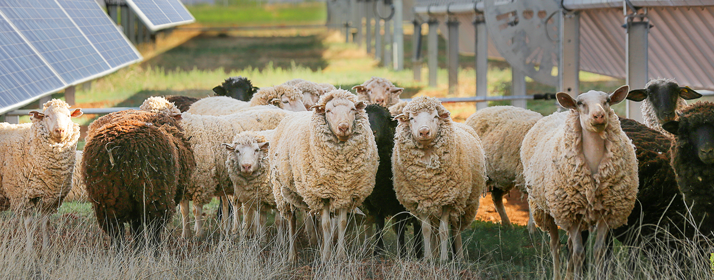
With the change of seasons, your family can save energy and money this winter with a few simple lifestyle modifications. These measures cost very little – or nothing at all – but they do require a change in behavior to achieve energy savings.
- Change your heating system’s air filter regularly.
Heating and cooling account for your home’s largest energy use and expense. You can reduce these costs by making sure that your heating system is working as efficiently as possible by changing air filters monthly or as recommended. You’ll also want to make sure your vents and ducts are not blocked so they provide good air circulation and greater efficiency.
- Caulk and weatherstrip.
Sealing up cracks and seams around windows and doors keeps the warm air in and the cold air out. “Investing a few dollars for caulk and weather stripping and a little bit of time can result in energy savings,” said Tammy McKay, TEP Program Manager for Residential Energy Efficiency Programs and Services.
- Switch the ceiling fan rotation to clockwise.
With cooler weather, you’ll want to change the rotation of your ceiling fan blades to clockwise. This helps push warm air down from the ceiling and redistribute it throughout the room. Using fans to recirculate the warm air allows you to lower your thermostat a degree or two without sacrificing comfort.
- Close your chimney damper.
If you have a fireplace, be sure to close the chimney damper when the fireplace isn’t in use. An open damper lets heated air escape right up the chimney. Closing it keeps the warm air inside your home. It seems an obvious thing to do, but often this is overlooked after the fireplace’s first use.
- Take shorter showers and adjust the water heater temperature.
You can enjoy hot showers and still reduce your energy use by taking shorter showers and turning down your water heater’s temperature setting to 120 degrees, as recommended by the National Safety Council. Lowering the water heater temperature reduces the amount of energy used for the clothes washer, dishwasher and family showers and helps prevent scalding injuries.
“In addition, low-flow faucet aerators and showerheads will help conserve water and energy usage,” McKay said, “and it will cost you less than $20.”
- Consider switching to one of TEP’s time-of-use or demand-based pricing plans.
If you’re disciplined enough to avoid using energy during on-peak times when the demand for energy is high, you can lower your monthly energy bills through one of TEP’s time-of-use or demand-based pricing plans. It takes some pre-planning to avoid running major appliances – such as ovens, dishwashers, clothes washers and dryers – during the winter on-peak demand times of 6-9 a.m. and 6-9 p.m. Use the “delay start” function on your appliances to schedule them to run during off-peak hours.
- Use window treatments strategically.
Take advantage of the sun’s warm rays by keeping your drapes and blinds open on south-facing windows during daylight hours. Close them at night to help keep out cold drafts.
- Switch to LEDs and save.
With the darker, longer days of winter, you’ll be using indoor and outdoor lighting more. Replace old incandescent light bulbs around your home with Light Emitting Diode (LED) bulbs, which use up to 90 percent less energy and last up to 25 times longer. TEP’s ENERGY STAR® Lighting program offers LED bulbs at discounted prices at several participating retailers.
If you have light timers or daylight sensors, use them on indoor or outdoor lights to automatically turn them on and off to fit your family’s schedule.
- Use exhaust fans only when necessary.
Exhaust fans in your kitchen and bathroom pull heated air out of your home. Use these fans sparingly, and shut them off when you are done with them.
- Make Crock-Pot meals or bake two meals at once.
Instead of using the stove top or oven to prepare meals, pull out your Crock-Pot or slow cooker to make easy and hearty winter meals like soups, stews, casseroles and slow-roasted meats. Not only do Crock-Pots use less energy than an electric oven, but they also offer convenient one-pot cooking.
Another option is to cook two meals at once in the oven and then use the microwave to reheat the second meal.
For more ways to save energy at home, visit tep.com or request a TEP Home Energizer Workshop for your community group.






